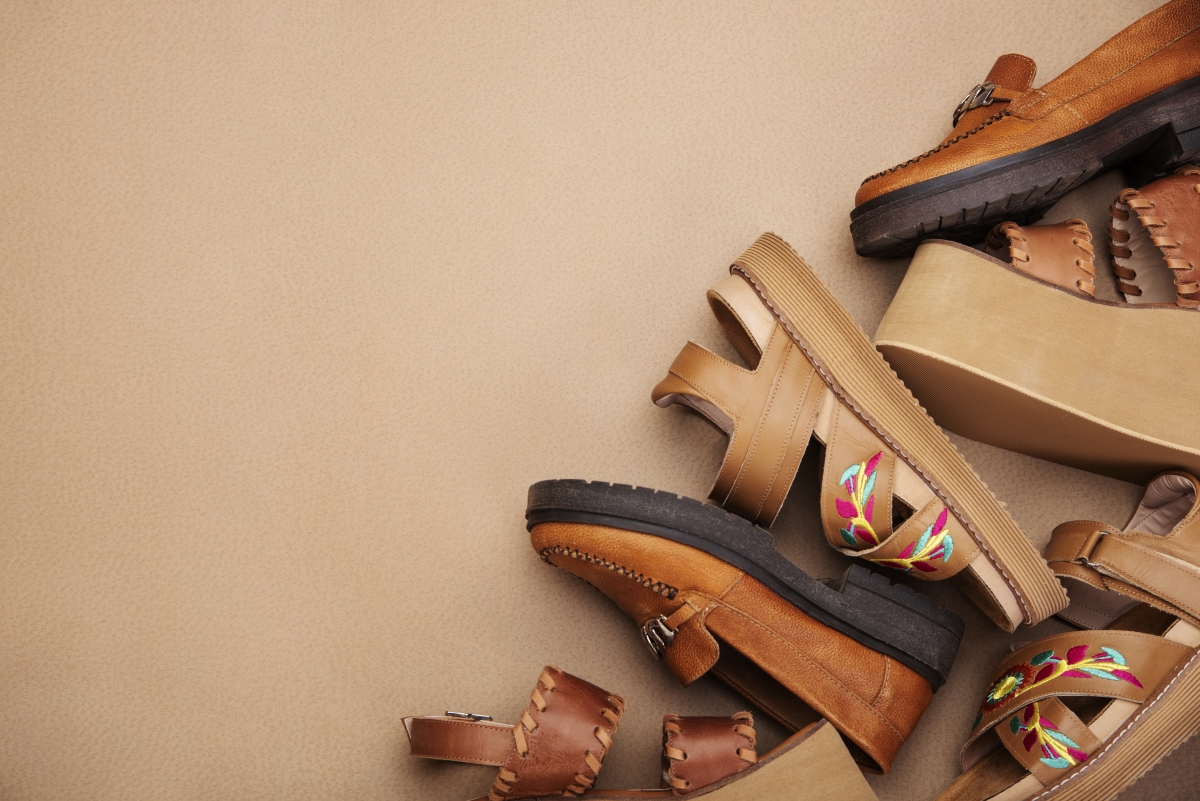Introduction
The footwear industry is constantly evolving, with manufacturers seeking innovative ways to enhance product quality and aesthetics. One such solution that has gained significant traction is the use of masterbatch for footwear. In this blog, we will explore the benefits, applications, and manufacturing process of masterbatch for footwear, revolutionizing the way shoes are made.
Masterbatch for Footwear: Enhancing Manufacturing and Aesthetics
Footwear manufacturers are always on the lookout for advanced materials and techniques that can optimize production processes and improve the final product. One such innovation that has taken the industry by storm is the use of masterbatch for footwear. This versatile additive has revolutionized the way shoes are manufactured, providing numerous benefits to manufacturers and end consumers alike.
What is Masterbatch?
Masterbatch is a concentrated mixture of pigments, additives, and resins. It is used to add color, enhance durability, and impart specific properties to plastic materials. By incorporating masterbatch into the footwear manufacturing process, manufacturers can achieve a wide range of colors, improve material performance, and meet various regulatory requirements.
Benefits of Masterbatch for Footwear
- Vibrant Color Customization: With masterbatch, footwear manufacturers can achieve vibrant and consistent colors in their products. The concentrated pigments in masterbatch ensure that the desired color remains uniform throughout the production process, resulting in visually appealing footwear.
- Enhanced Durability: Masterbatch additives can significantly improve the durability of footwear materials. By incorporating UV stabilizers and antioxidants, manufacturers can protect shoes from fading, cracking, and degradation caused by environmental factors such as sunlight and heat.
- Functional Properties: Masterbatch allows manufacturers to incorporate functional properties into footwear materials. This includes flame retardancy, anti-static properties, antimicrobial agents, and more. By integrating these additives, manufacturers can enhance the safety, hygiene, and overall performance of the footwear.
Applications of Masterbatch in Footwear Manufacturing
- Color Matching: Masterbatch enables precise color matching, allowing manufacturers to meet specific design requirements. Whether it’s matching a corporate logo, creating custom designs, or reproducing colors consistently across different shoe components, masterbatch offers unparalleled versatility.
- Customization and Branding: Footwear brands often strive to differentiate themselves by offering unique designs and branding elements. Masterbatch facilitates this process by enabling the incorporation of customized colors and logos into the shoes, reinforcing brand identity and customer recognition.
- Performance Optimization: The addition of masterbatch additives opens up a world of possibilities for performance enhancement. From slip resistance and electrical conductivity to antimicrobial properties and UV protection, masterbatch enables manufacturers to tailor the footwear to meet specific functional requirements.
- Manufacturing Process: The integration of masterbatch into the footwear manufacturing process is straightforward and efficient. Typically, manufacturers blend the masterbatch with the base polymer material, creating a uniform mixture. This mixture is then processed using techniques such as injection molding or extrusion, depending on the shoe’s construction. The result is a finished footwear component with the desired color and properties.
Conclusion
Masterbatch has emerged as a game-changer in the footwear industry, revolutionizing manufacturing processes and offering endless possibilities for color customization, performance optimization, and branding. By incorporating masterbatch into their production, footwear manufacturers can create visually stunning, durable, and functional shoes that meet the ever-growing demands of the market. Embrace the power of masterbatch and unlock new horizons in footwear manufacturing today.
Frequently Asked Questions (FAQs)
Masterbatch is a concentrated mixture of pigments, additives, and resins. It is added to plastic materials during the footwear manufacturing process to enhance color, durability, and specific properties.
Using masterbatch in footwear manufacturing offers benefits such as vibrant color customization, enhanced durability, and the ability to incorporate functional properties like flame retardancy or antimicrobial agents.
Yes, masterbatch allows footwear manufacturers to achieve precise color matching, enabling customization and meeting specific design requirements.
Absolutely. Masterbatch additives, such as UV stabilizers and antioxidants, enhance the durability of footwear by protecting against fading, cracking, and degradation caused by environmental factors.
Masterbatch enables footwear brands to incorporate customized colors, logos, and branding elements, helping to differentiate their products and reinforce brand identity.
Yes, masterbatch additives can be used to improve the functional properties of footwear, including slip resistance, electrical conductivity, antimicrobial protection, and UV resistance.
Typically, masterbatch is blended with the base polymer material, creating a uniform mixture. This mixture is then processed using techniques such as injection molding or extrusion, depending on the shoe’s construction.
Yes, masterbatch manufacturers ensure that their products comply with relevant regulations and standards. It is important for footwear manufacturers to source masterbatch from reputable suppliers who provide certifications and comply with industry guidelines.
Yes, masterbatch can be used in various types of footwear, regardless of the style or purpose. It offers flexibility and adaptability to meet the requirements of different shoe designs.
By incorporating masterbatch, footwear manufacturers can improve production efficiency, achieve consistent quality, and create visually appealing and durable shoes. End consumers benefit from enhanced aesthetics, durability, and functional properties in the footwear they purchase.

